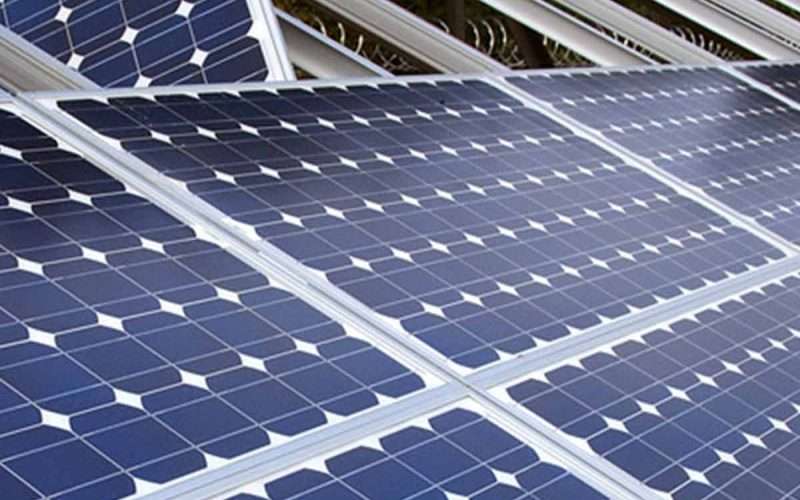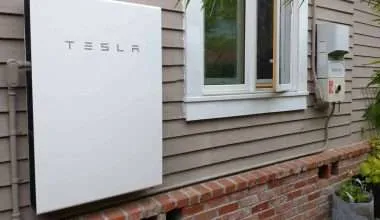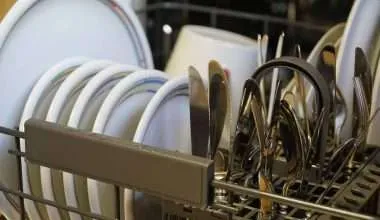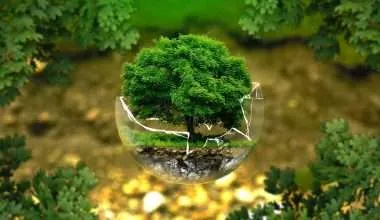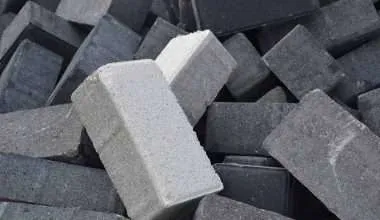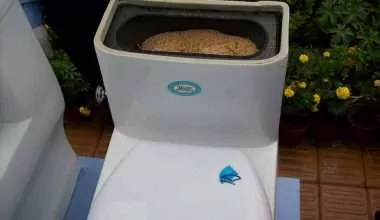Table of Contents Show
There are a lot of things that do get finer with age – like cheese, wine, fine leather, cast iron skillets, etc. On the other hand, this isn’t so with most of the equipment you buy. Whether it be a vehicle or complex equipment, most technologies have a limited useful life.
Solar panels are a good long-term investment for many companies, farms, and houses. But they do have a useful life over which they give the best payback.
When determining if solar is right for you, it’s essential you know their lifecycle. In this article, you will learn about how long you can expect your solar system to last. Moreover, you’ll know about time’s influence on your panels, and what you can do to get the most out of your hefty investment.
How Long Do Solar Panels Last?
Contingent upon the manufacturer brand, solar panels’ performance can be fail-safe for 25 – 30 years. But then again, it’s extremely likely that your panels will go on to generate electricity for longer than that.
The first 25 to 30 years after your connection is the system’s “useful life” when it is most efficient. Yet, the equipment may continue to produce electricity for decades. The world’s first contemporary solar panel is still generating electricity at the ripe age of 60!
What is the Solar Panel’s Useful Life?
Solar panels don’t function at 100% for their whole life like most of the other equipment. And then just stop working in the thirtieth year. Solar panels age at an extremely slow rate and create less electricity as they age. This process is known as degradation.
Due to expected degradation, most panels’ production warranties change as they get older. Makers of solar panels normally pledge 90% off the panels’ production up until the first ten years. After ten years, that percentage falls back to 80% for the outstanding 15 – 20 years.
Following the system’s useful life, your set-up may carry on generating electricity. But, conditional to your financial aims, you might want to swap your panels with new ones that will produce electricity at a higher amount.
What is Solar Panel Degradation?
All solar panels eventually degrade over time. This means they are generating a smaller amount of electricity from the same amount of sunlight. How and why does this occur? A range of external aspects are responsible. One such factor is weather. It wears down the panels and has an undesirable effect on the capacity of the panels to make electricity.
One method by which solar panel degradation ensues is through micro-cracks that form in the silicon of the solar cell. These tiny cracks cause electrical connections to weaken, as, there are fewer paths for the electrons from the sun to take.
Therefore, a reduced amount of energy goes to your inverter and into your house, factory, or farm. Additional problems are discoloration, damage to PV panels, and junction box adhesion failures.
Since there is a range of causes due to which panels can degrade, affected by a selection of reasons, it’s a tough problem to resolve. Companies are always at work developing ways to reduce degradation rates. The reduction in the rate of downslide helps in continued power productivity.
However, in the meantime, your panels are sure to degrade at or below a specific pace, so you can rest assured your investment is a secure one.
What Causes Degradation in Solar Panels?
Many different reasons add to degradation, but then, a lot of them are based on something quite difficult to manage – the weather.
One typical way micro-cracks come about is via thermal cycling. When it’s cold, things contract. When it’s hot, almost everything expands. Solar panels aren’t free from this happening too. It’s the constant temperature change that stresses them and creates those small cracks.
Correspondingly, strong winds can cause the bending of the panels – also known as a dynamic mechanical load. On the other hand, as long as your system is set up by experts and you are using plates of decent quality, this shouldn’t be the main reason for degradation.
Extreme cold and hot weather, along with moisture, ice, and snow, contribute to the degradation of solar panels over time. Also, solar panel system mechanisms with varying voltage capacities can lead to decline in efficiency.
Another query to resolve is: “Does sunlight cause degradation?”- the one source needed for solar panels to work! Luckily, a solar panel manufacturer usually makes plates with UV blockers. These guard the panels against most harm, but one sure thing – the sun itself does add to degradation.
What happens is that your solar panels worsen at one of the highest rates in hours after a new installation. This happens when they’re first laid bare to the sun and its UV rays. People call this light-induced degradation (LID). Your panels may degrade 1 to 3% in this short window of time. Later, the degradation lessens lessens to a great extent.
How Fast Do Solar Panels Degrade?
Most often, they degrade at a rate of 1% per year. That’s supported by the manufacturing company’s warranty. It assures 90% efficiency in energy production in the initial ten years after installation and 80% by year 25 or 30.
In contrast, a study led by The National Renewable Energy Laboratory (NREL) shows a more true picture of solar panel degradation.
The study examined nearly 2,000 systems from different climates worldwide. The research discovered that monocrystalline solar panels made after the year 2000 degraded at a rate of only 0.4% per year. This is quite lower than the 1% rate usually covered by warranties.
The solar panels lose a small percentage of their capacity just after installation because of LID. However, the degradation rate slows off to a great extent for the rest of their lifetime.
What are some ways to Increase the Lifespan of my Solar System?
Solar panel degradation is an inevitable process. It is the same as with other products like a vehicle that runs for a certain number of miles before it begins to lose its ability. The rule is the same for all equipment. But, you’re still making a sound investment that is going to lessen your business’s expenses or your home’s monthly overheads.
But, like changing the oil in your car at frequent intervals, there are methods you can adopt to prolong solar panels’ lifespan.
1. Plan the Installation
As solar panels don’t have any moving elements, there isn’t a whole lot you need to do. Your best option is to plan for this before you install the system. Even though solar panels are robust and made to tolerate pressure – your panels can undergo a lot throughout a rough installation process.
You want to be certain that you’ve employed qualified industry specialists who are going to set up your solar power system for the long run. And with the greatest care, using first-rate pieces and panels. This will go a long way toward maintaining your energy output high all the way through – and even further than – the system’s life expectancy.
2. Decide upon a Location
A vital aspect you and your solar installer should decide upon when you’re planning your solar system is selecting a location. Try to avoid installing the panels close to things that can cause physical damage. The trees and vegetation in strong winds can strike against the plates. The resulting damage may quicken the degradation process. Thus you have to protect the solar panels from physical damage.
3. Dust Protection and Maintenance
One way to protect your solar panels from scratches, dust, and dirt is to apply a thin layer of methacrylate on the surface. Methacrylate is a see-through polymer used to protect solar panels. It can also enhance the light transmission and efficiency of the plates by reducing reflection and glare.
Although solar is a somewhat stress-free investment, frequent maintenance checks and cleaning will also help boost the life of the solar panels. In any case, you must work with products and businesses that use appropriate techniques for cleaning and upkeep. More damage than good might happen to your system in the hands of inexperienced technicians.
4. Replacing the Racking
Since the racking system is drilled onto the top to grip the panels, it is more unprotected from the weather elements. The elements may comprise sunshine, rain, snow, and extreme weather patterns.
5. Replacing the inverter
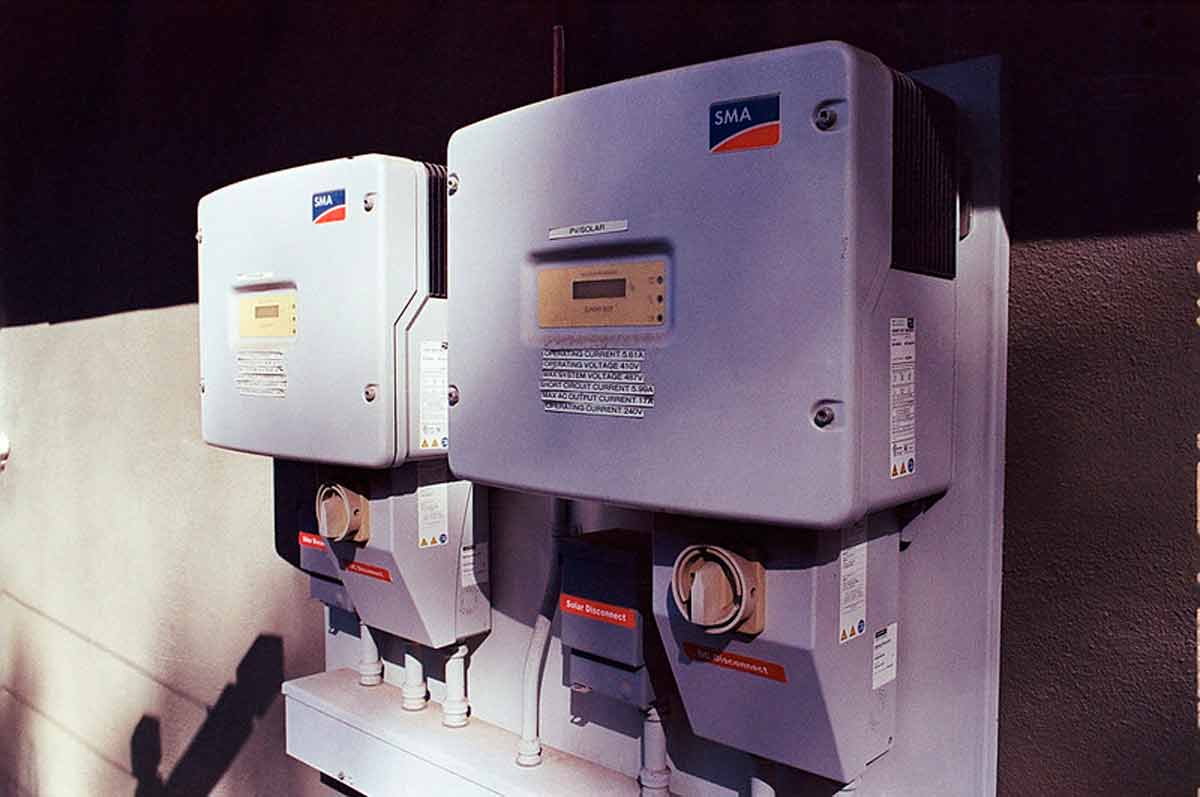
You can expect to change your inverter every 10-15 years. Usually, the solar inverter will need swapping throughout your solar system’s lifespan. It works very hard as the instrument that changes DC electricity into AC electricity for your home use.
6. Replacing your solar battery
Solar batteries are an optional accessory to your solar system and are used to collect excess solar power.
Solar batteries usually have 10-year warranties, which is around the time their performance starts to degrade. So after 10 years, you may have to change them to continue optimum performance. In the case of you buying a battery, validate with your battery company for their exact warranty.
What Happens to Solar Panels After 30 Years?
Just because your solar system has met the end of its projected life doesn’t mean it still can’t create energy and save your funds. Companies define the solar panel’s “useful life” as finished once the panels’ efficiency dips below 80% – but that doesn’t mean inoperable. The panels will carry on to generate energy for a lot of years to come but at a lesser productivity level.
Degradation is a standard, inevitable aspect of having solar panels. Nothing is permanent, but the savings your solar system creates for you during its useful life could be set aside or reinvested elsewhere.
Key Takeaways
- The majority of these systems last 25+ years with a typical yearly degradation rate of .50%.
- Solar panels do not “go bad” and hardly ever do they become defective or break down.
- Inverters and batteries will require changing within the 25+ year solar panel lifecycle.
- Preserving your solar panels in good shape will help guarantee they last longer.
